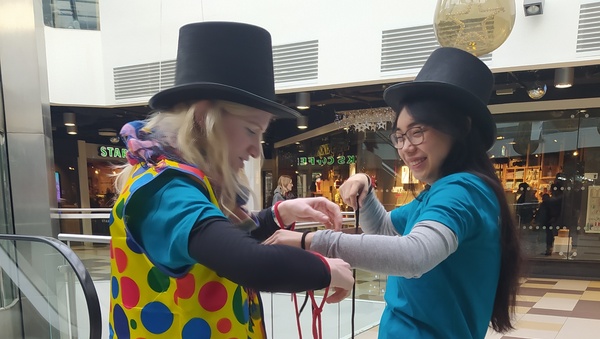Edinburgh Castle Quest
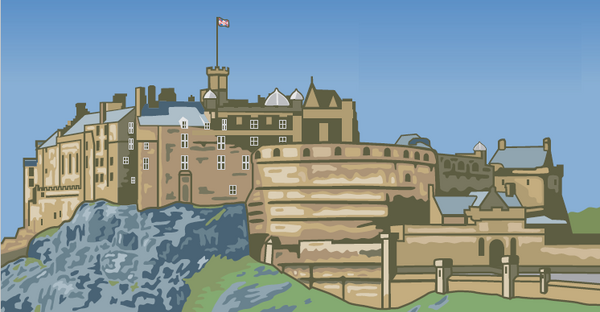
How did maths shape Edinburgh Castle and make life within it possible?
These activities are aimed at P5-7 pupils and cover aspects of Numeracy and Mathematics and Social Studies areas of Curriculum for Excellence.
Download the trail below for your visit or try out the activities below at home or in the classroom. If you are visiting the Castle, we recommend bringing a tape measure with you.
Shape spotters
Edinburgh Castle is made up of lots of different shapes. Each shape was chosen carefully to make the castle stronger, easier to defend or just to look nice.
At the Castle: Find the following shapes round the castle and discuss why you think each item is that shape.
At Home: Round your house, or when out for a walk find the following shapes and discuss why you think each item is that shape?
- Cylinder
- Rectangle
- Arch
- Triangle

A different angle
Accurate measurements were essential when building castles. Builders used lots of different ways of measuring over the years including string, sticks, compasses and even body parts!
At the Castle: Have a go at working out the height of something tall within the castle. A flagpole or a tower work best!
At Home: Have a go at working out the height of an tree, pole or building either out in the garden or when out for a walk.
- Pick a landmark and stand at its base. Estimate it's height.
- Walk away, stopping regularly to look between your legs.
- Stop walking when you can see the top of the landmark between your legs.
- Measure the distance between yourself and the landmark using paces (or a measuring tape, if you have one).
- This distance is roughly equal to the height of the landmark.
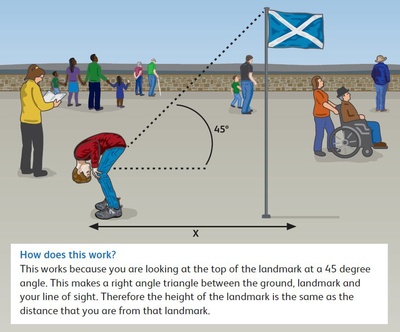
Horses' heights are measured in Hands (hh). Since the time of ancient Egypt this unit of measurement has been used and was roughly the width of a man's hand. This eventually got a bit confusing, so in 1541 King Henry VIII standardised the measurement so that 1hh = 4 inches
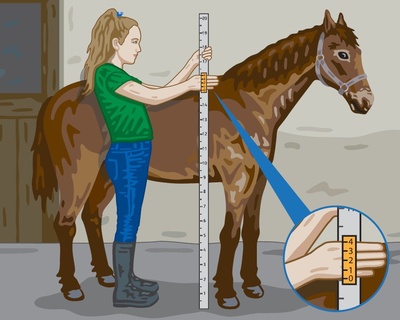
Work out how tall you are in hands.
Measure yourself in inches using a tape measure or ruler. If 1 Hand (hh) is equal to 4 inches, you need to divide your measurement by 4.
Example: 54 Inches divided by 4 equals 13.5. So we would call this 14hh
How many hands tall are you?
Something to eat
During war and training exercises soldiers call their food supply field rations. The 24 Hour Ration Pack can feed one person for one day, and includes high energy snacks, drinks and three main meals which are fully cooked and ready to eat.
The ration pack in Edinburgh Castle has 36 items. What would you include in your 24 hour ration pack?
Find your way
The pilots of planes such as the Heinkel III would have navigated their way using a compass and maps.
Work out where North, South, East and West would go on the drawing below using the photo of the compass in the National War Museum (at the Castle, you can find the compass in Gallery 5 of the National War Museum).
Why do you think there is an O on the compass?
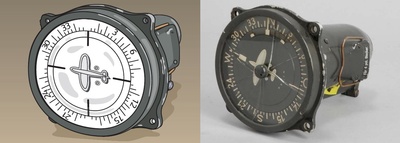
Pilots would have looked for large buildings, hills and rivers on the ground below to help their navigation.
At the Castle: Head outside to a viewpoint.
At Home: Find a high point of ground near you, or use a viewpoint on Google Maps like the top of Arthurs Seat.
Use a compass (or the sun!) to find north. You can find a compass on most smart phones.
If you turn 90 degrees to the left what can you see now?
Castle attack
Edinburgh Castle was one of the most attacked places in the UK. When enemies attacked, people in the castle would not be able to leave. The well supplied all the water. If the water ran out, the castle would have to surrender.
(At the Castle, you can find the well between location 15 and 16 on the Edinburgh Castle Map).
How do you think the people of the castle worked out how long they could survive on the water in the well?
Mason marks
Masons carved the stones used to build Edinburgh Castle. They would carve a mark into each stone like a signature.
At the Castle: Head to the Argyle Steps (location 14 on the Edinburgh Castle map)
At Home: Look at the image below
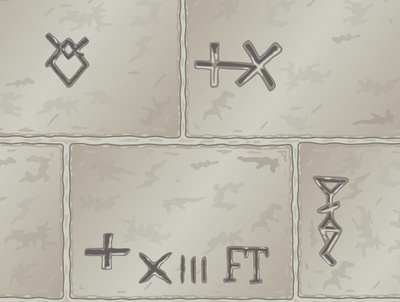
Can you find any mason marks with one line of symmetry? How about two lines of symmetry?
What design would you use for a masons mark? Does yours have any lines of symmetry?
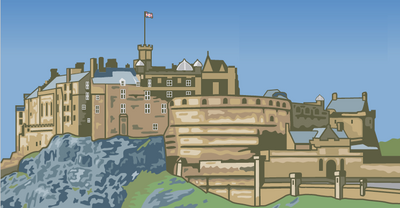
Discover more about the fascinating history of Edinburgh Castle on the Historic Environment Scotland website
Produced by National Museums Scotland, Historic Environment Scotland and The Regimental Museums in Edinburgh Castle
Designed and illustrated by Mark Dawson.
Latest News and Events
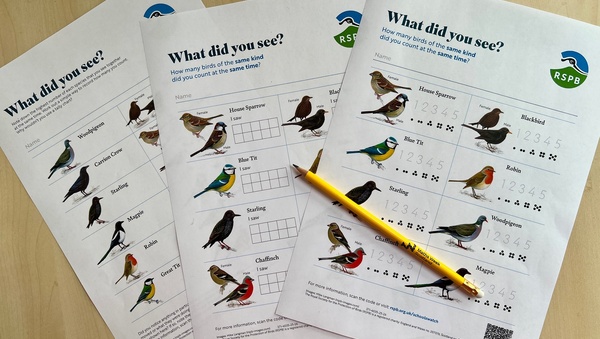
RSPB Big Schools' Birdwatch
It is almost time for the RSPB Big Schools’ Bird Watch – the largest citizen science project for schools across the UK. Sign up to take part, from 6th January- 13th February 2026.
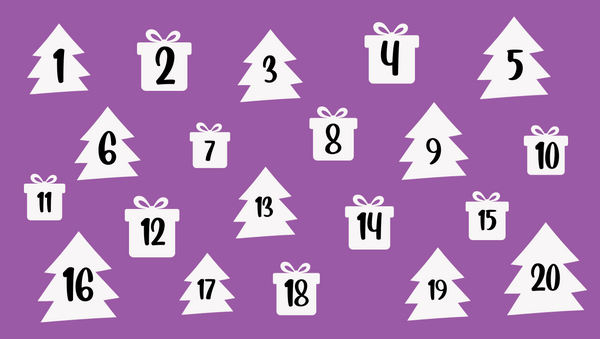
Pick & Mix Your Own Christmas Holiday Countdown
We've pulled together all our seasonal resources from the last three years, and thrown in a few new ones too, so that you can create your own Christmas Holiday Countdown depending on age, ability and preferences. With games, puzzles, art and craft activities to choose from, as well as our interactive puzzle mystery story.
